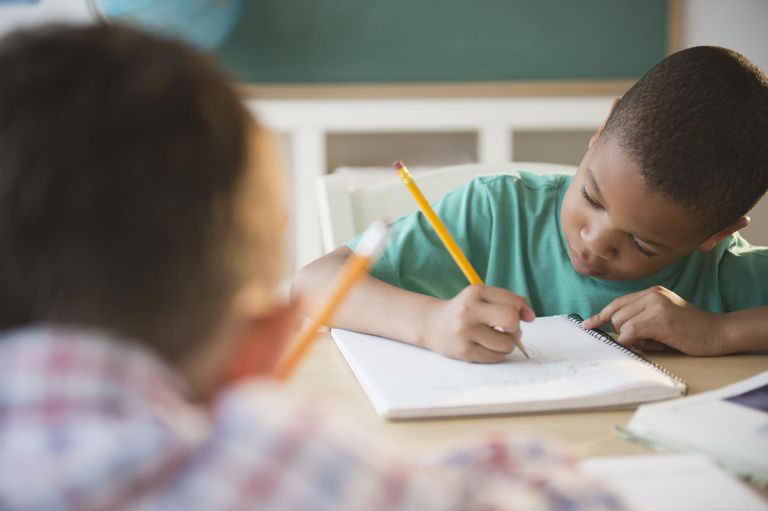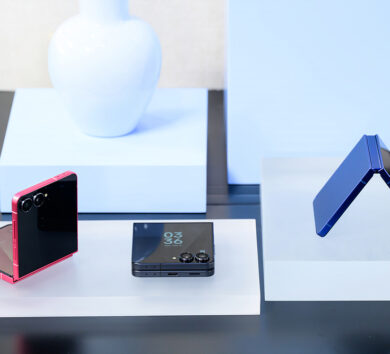
By Paul-Andre Walker
Schools in Jamaica have been closed since March and the institutions have been forced to change tack in a bid to keep its students learning.
Of course, the availability of devices and Internet penetration have been major setbacks for the learning experience.
There have been tablet drives all over the island, with celebrities, as well as government chipping in to make the transition easier for the most vulnerable of the children affected, the poor.
But being able to connect with a teacher via Zoom and using a content management system to control the flow of work from teacher to student and vice versa is only a small part of the solution.

The fact that more needs to be done becomes glaring when you take a look at the younger children affected by COVID-19 and the closure of physical school.
Teachers have done their best, truth be told, to adapt to the changing environment but they need the help of technology in ways they haven’t even begun to comprehend.
For instance, where before there were two teachers to each classroom of maybe 20 five-year-olds and that may be OK for face-to-face interaction, there is now real difficulty in keeping children occupied as teachers try to give each child the kind of one-on-one interaction that fosters learning at that age.
Then there is learning from workbooks or text books, as well as writing in notebooks.
Here is where the disconnect occurs.
Scanning or taking pictures of books isn’t the most efficient way for children to submit their work and for teachers to interact with correcting them or marking them.
So here’s where the technology kicks in.
DIGITISE ALL SCHOOL BOOKS
First thing’s first, all books used in schools should be digitised. This would make for much easier work to be done in workbooks in particular.
But now you run into the problem of devices again.
Not all devices are made equal and there is no guarantee that the very basic devices would allow children to write on, let’s say, a portable document format (pdf), though pens have been created for the purpose and applications that allow for using handwriting on them exist.

But if young children are to learn the fine art of writing and teachers want quick access to children’s work, this is a step in the right direction.
So let’s look at what is needed.
With Internet access understood, the school system now needs to formalise a process for digitising all books used in schools.
Then students and teachers alike need to have a device that is, not just touch screen, but able to recognise a pen as a different entity from a palm.
And, of course, a pen.
Once that is achieved, then come the applications that allow for easy writing on documents.
For notebooks, there is no better app than OneNote, which is standard with Windows 10 and can be found in both the App Store and the Play Store.

Then there needs to be a document reader that can allow you to write on PDFs. The Office suite is good for that, but I will let you into a little-known secret. Probably the best app for writing on documents is one called Xodo and, like OneNote, it can be found in all the stores, Microsoft, App and Play.
The problem with getting a pen-enabled device in the manner I spoke about is the expense.
It is likely twice the price and then some of the popular FireHD tablets that parents have been getting for their children to handle online school and there also needs to be some collaboration between the Ministry of Education and whomever digitises books.

Add that to the manpower needed to have this done in the shortest possible time and, maybe even six months into dealing with the COVID-19 pandemic, we aren’t ready for online school just yet.
Now there are advantages to doing things this way even after schools return to face-to-face interaction.
The doing away with of paper, lighter school bags, better organised and prepared children, and I suppose I could find others. Hopefully though, I don’t need to.







Comments